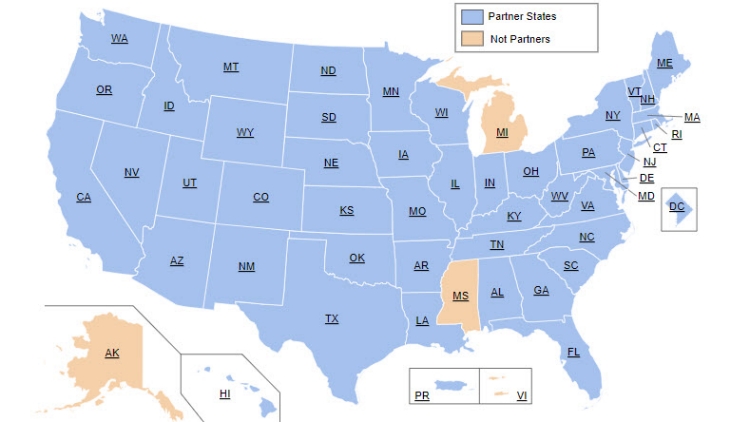U.S. Earnings Dynamics: Inequality, Mobility, and Volatility
U.S. Earnings Dynamics: Inequality, Mobility, and Volatility
Description
The U.S. Census Bureau and the Local Employment Dynamics (LED) Partnership in collaboration with the Council for Community and Economic Research (C2ER) and the Labor Market Information (LMI) Institute, welcomes Kevin McKinney as he presents, “U.S. Earnings Dynamics: Inequality, Mobility, and Volatility.”
Using data from the Census Bureau’s Longitudinal Employer-Household Dynamics (LEHD) infrastructure files, McKinney addresses changes over time and across sub-national populations in the distribution of real labor earnings. Four large Metropolitan Statistical Areas (MSAs) (Detroit, Los Angeles, New York, and San Francisco) for the period 1998 to 2017, with particular attention paid to the subperiods before, during, and after the Great Recession were considered.
For the four large MSAs analyzed, there were clear national trends represented in each of the local areas, the most prominent of which is the increase in the share of earnings accruing to workers at the top of the earnings distribution in 2017 compared with 1998. However, the magnitude of these trends varies across MSAs, with New York and San Francisco showing relatively large increases and Los Angeles somewhere in the middle relative to Detroit whose total real earnings distribution is relatively stable over the period.
Webinar Materials
Others in Series
Webinar
Webinar
Webinar





